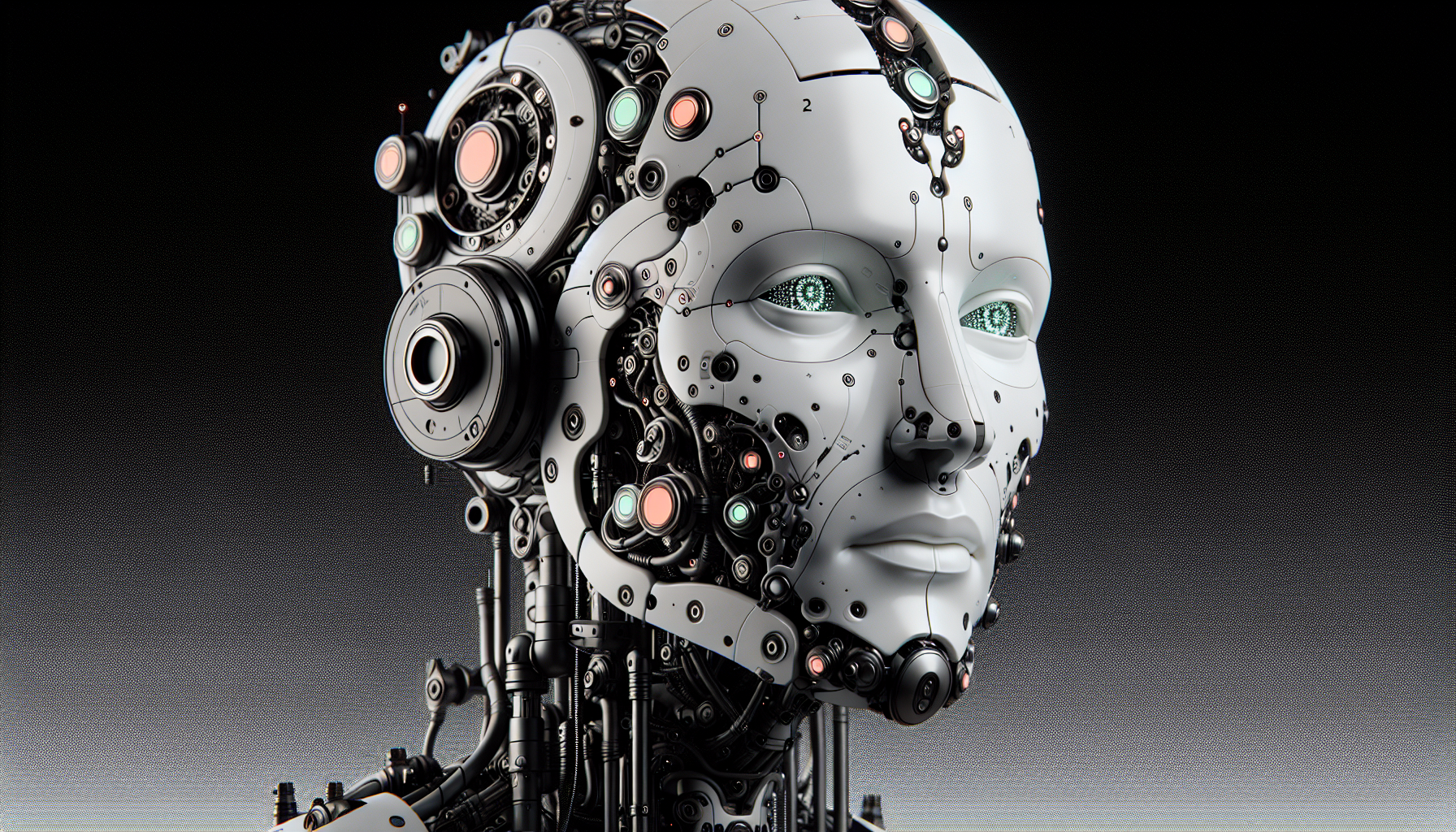Why Intempus Thinks Robots Should Have a Human Physiological State
Estimated reading time: 5 minutes
- Enhanced Interaction: Robots with human-like traits can foster better communication between humans and machines.
- Data Insights: Physiological data collection can significantly improve AI training methods.
- Increased Adaptability: Robots that recognize human emotions can tailor their actions for a more intuitive interaction.
- Transformative Vision: Intempus aims to revolutionize robot-human relationships in various sectors.
Table of contents
- Intempus’s Vision for Human-Like Robots
- Founder Background
- Key Reasons for Human Physiological States in Robots
- Expert Perspectives
- Closing Thoughts
Intempus’s Vision for Human-Like Robots
Intempus is shifting the paradigm of robotics engineering by considering the integration of human-like traits in machines. The company believes that endowing robots with physiological characteristics can dramatically improve how they communicate, collaborate, and operate within human environments. According to Varenyaz, Intempus aims to redefine robot-human interaction in settings ranging from healthcare to education and customer service, making these machines more relatable and effective.
Founder Background
Teddy Warner, the visionary behind Intempus, has had a lifelong fascination with robotics. His journey began with an early exposure to the industry through his family, coupled with his experiences in a machinist shop during high school, which allowed him to develop a robust understanding of both mechanical and robotics engineering. This unique background has fueled Warner’s passion for innovation and has driven Intempus to explore uncharted territories within the field of robotics; the ambition to create machines that behave in ways that reflect human emotional states is just the beginning.
Key Reasons for Human Physiological States in Robots
Enhanced Human-Robot Interaction
One of the most compelling reasons Intempus believes in giving robots human physiological states is to foster better interactions between humans and machines. By allowing robots to convey human-like expressions and responses, the company aims to make these machines easier to understand and collaborate with. A more natural rapport could be beneficial across various sectors, including healthcare, education, and customer service source.
Imagine a healthcare robot that can read your anxiety levels through biofeedback, adjusting its tone or actions accordingly to provide comfort. This capability could transform not only the efficiency of service delivery but also the overall experience of care.
Data Collection and AI Training
Another pivotal aspect of Intempus’s vision is the robot’s ability to collect physiological data such as sweat, body temperature, and heart rate. Such data can offer invaluable insights into human temporal understanding, enhancing AI training methods source.
By incorporating these human-like responses, robots become capable of delivering richer datasets that significantly improve the training of AI models. The neural networks can better grasp cause-and-effect relationships, ultimately leading to a more intelligent and responsive machine. This progress not only helps in AI development but also aligns with the future needs of adaptive technology—machines that learn and evolve based on their interactions with us.
Improved Efficiency and Adaptability
Robots that can express physiological cues will possess heightened situational awareness, allowing them to better comprehend and react to their environments. Enhanced interaction with humans means these robots can adapt their actions based on the emotional states of those nearby, making them instinctively more intuitive and user-friendly. This feature could lead to optimized task performance, crucial across industries source.
Think about customer service bots: they could adjust their engagement strategies based on your mood or stress level, providing a more personalized experience that transcends traditional robotic interactions.
Expert Perspectives
The implications of Intempus’s vision are profound. As noted by Dr. Pamela Hart, a recognized expert in the field, “Robots that can mimic human physiological responses will change how we define interaction and collaboration in technology” source. This sentiment highlights the transformative potential of Intempus’s approach to robotics. The goal is clear: to create machines that not only perform tasks with efficiency but also engage and relate to us in more human-like ways.
While traditional robotic engineering focuses on functionality, Intempus is redefining the field with an approach that embraces the nuances of human interaction. By melding technological aptitude with emotional intelligence, Intempus’s robots are expected to fill a gap often left by their more mechanical predecessors.
Closing Thoughts
In a world where the boundary between humans and machines continues to blur, the work being undertaken by Intempus stands at the forefront of a new robotic revolution. By integrating human physiological states into robotic designs, we open the door to more relatable, intuitive, and effective machines. The potential applications of this technology can reshape multiple industries—ultimately leading to better outcomes for humans and a more harmonious coexistence with our robotic counterparts.
As we stride forward into an era dominated by adaptive and dynamic AI, Intempus exemplifies the potential of combining advanced robotics with human-like traits. If you’re intrigued by how such technological advancements might revolutionize your industry or have questions about integrating these concepts into your operations, feel free to explore our services at VALIDIUM and discover how we can be part of your journey towards a more intelligent future.


